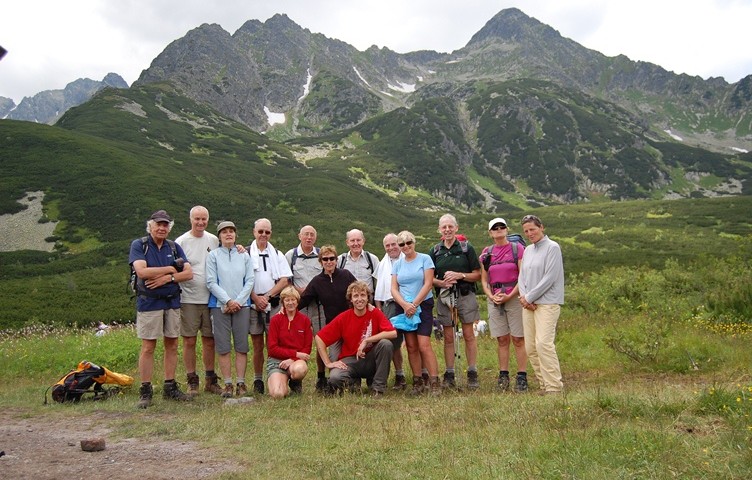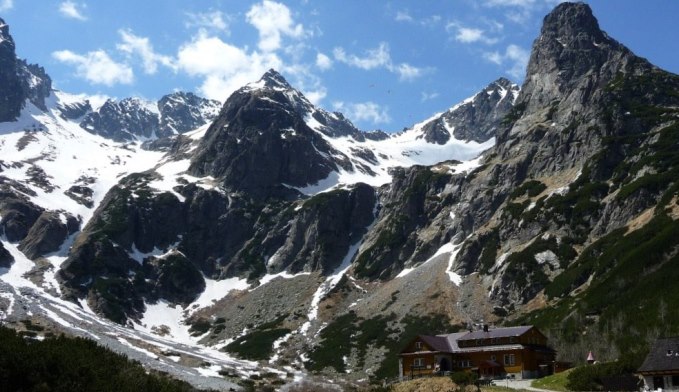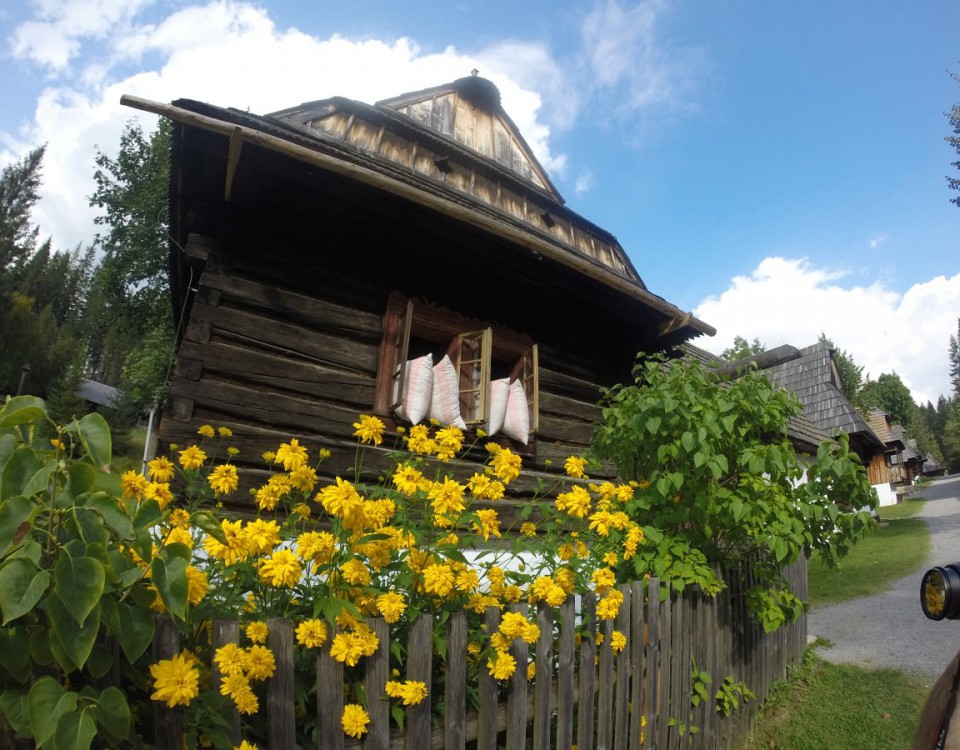Top 3 national parks in Slovakia
1. High Tatras national park – Vysoké Tatry
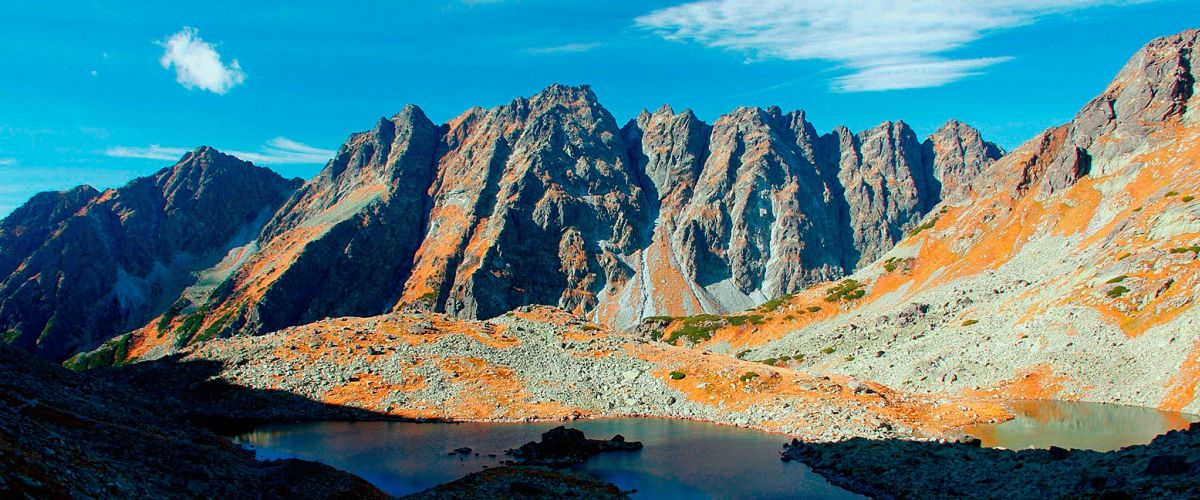
This national park is situated in the area of High Tatras and is the oldest one from all 9 parks in Slovakia. As it lies on the north of the country, it continues up to Poland. It was established in 1949 and in 1993 it became part of UNESCO. Most of the area is covered with forests of spruces and firs which change into mountain pines in the higher altitude. Surface of the peaks is mainly rocky with snow and glaciers but alpine meadows can be found there as well. As for the unique fauna and flora, this area must be protected and tourists must therefore follow the rules.
Among the attractions of the park belong bears, eagles, chamois, marmots and form plants gentians. Due to the location in the Carpathian range, the relief of Tatras is really exceptional. There are deep valleys, sharp peaks, several of them towering up to 2600 metres, the highest Gerlachovský peak (2656 m) and Lomnický peak (2634 m), caves – Belianska cave, crystal streams, waterfalls – the highest 80 m Kmeťov, and more than 100 tarns – mountainous lakes – the biggest and deepest Veľké Hincovo tarn and mostly visited Štrbské and Popradské tarn. For tired tourists and unfavourable weather there are several chalets with unique view of the surroundings.
2. Low Tatras national park – Nízke Tatry
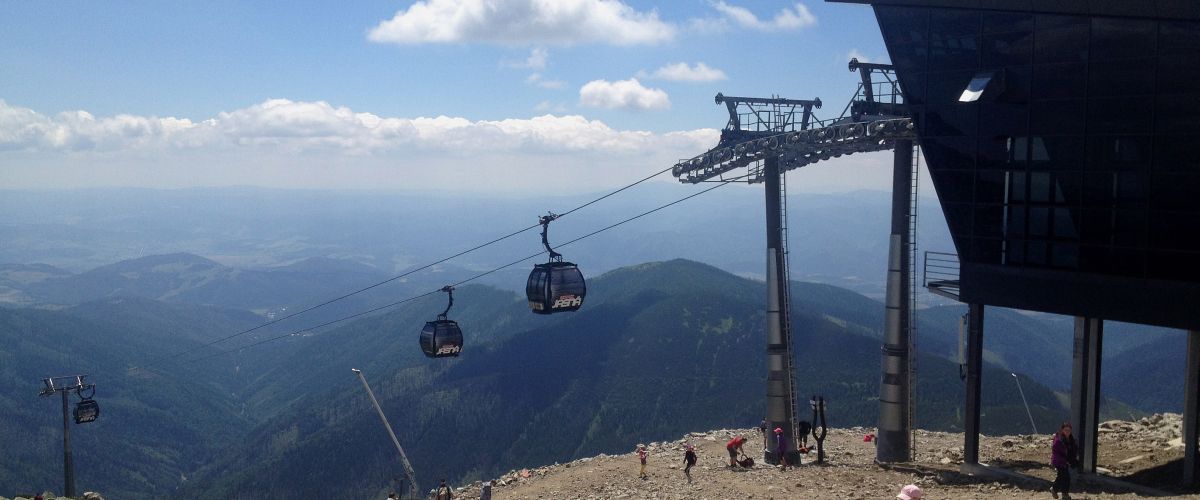
National park Low Tatras lies in the central Slovakia and due to its area is the largest one. The structure of the park is similar to High Tatras, although they differ in fauna and flora. The curiosities are its highest peaks – Ďumbier (2043 m), Chopok (2024 m) and Kráľova hoľa (1946) which is known as a place where 4 big Slovak rivers (Váh, Hron, Hnilec and Hornád) spring.
Worth mentioning are also karst areas with several caves – complex of Demänovské caves, long valleys, deep canyons and steep reefs. The most of the surface is covered with mixed forests – beech, spruce, fir continuing to mountain pine and upper rocky areas where the unique chamois and marmots live.
3. Slovak Paradise national park – Slovenský raj
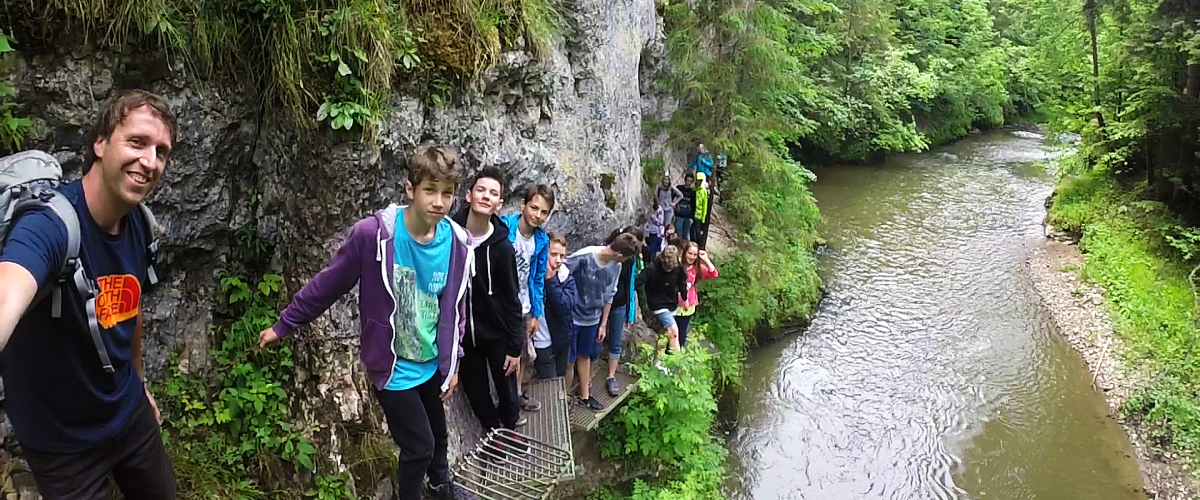
Slovak Paradise national park lies in the eastern Slovakia in the mountain range Slovenský raj and offers around 300 km of adrenaline paths usually equipped with chains, ladders and bridges. There are more than 350 caves, although just one – Dobšinská Ice cave is open for public and has been in UNESCO since 2000.
The park is tightly connected with river Hornád which flows in its valleys and hence has been creating karst areas – gorges – the longest one – Prielom Hornádu, passes, canyons, valleys and waterfalls. Exceptional part is a rocky terrace Tomášovský view, which provides marvellous view on High Tatras. Curiosity of the park is that there is the highest density of butterflies in whole Slovakia.


